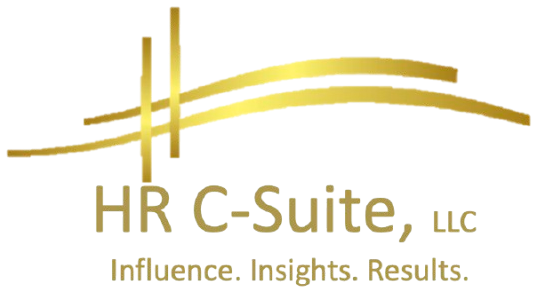In a world where job hopping is less a trend and more a lifestyle, and where the term "employee loyalty" sounds like something from a bygone era, companies are finding themselves in a whirlwind of workforce planning. Imagine being a captain on a ship where crew members jump off and on at every port, yet you must keep sailing towards your destination. Welcome to workforce planning in 2025, where the winds of change are both fierce and frequent.
The Great Reshuffle: A New Reality
Picture this: you've just settled into your office chair, coffee in hand, ready to tackle the day's challenges. But instead of the usual faces, you're met with new names, new skills, and a few empty desks where seasoned veterans once sat. This is the morning routine for many managers in the age of rapid turnover, a time when the Great Resignation has evolved into the Great Reshuffle.
Gone are the days when employees stayed with a company for decades. Today's workforce is driven by a quest for purpose, flexibility, and personal growth. They're not just looking for jobs; they're curating careers. This constant flux means that workforce planning isn't just about numbers; it's about understanding the human element behind those numbers.
Navigating the Talent Tides
Let's take a journey down the river of talent management. You're in your canoe, the water is choppy, but you've got your paddle.
Here's how to navigate:
- The Art of Forecasting: You're not just predicting the weather; you're predicting human behavior. By analyzing trends in your industry, understanding generational shifts, and keeping an eye on economic indicators, you can start to see the currents. Maybe you notice that after every tech boom, there's a wave of employees looking for new challenges. Or perhaps, post a global event, remote work becomes the new norm. Your paddle here is data - use it wisely to anticipate when your shore might get crowded or deserted.
- Building a Resilient Crew: Now, imagine you're selecting your team for this voyage. You don't just want rowers; you need navigators, lookouts, and even a few who can fix the canoe mid-journey. This is where flexibility in hiring comes into play. You're looking for individuals with transferable skills, those who can adapt from one role to another. Think of it as building a team of Swiss Army knives rather than just hammers.
- The Culture Compass: As you sail, the culture of your ship becomes crucial. In this age, people don't just leave jobs; they leave cultures that no longer resonate with them. So, you must be the captain who fosters an environment where everyone feels valued, heard, and part of something bigger. It's not just about having a ping-pong table or free snacks; it's about creating a place where even during turnover, the core values of your ship remain intact, attracting those who share your vision.
The Unexpected Storms: Retention Tactics
Just when you think you've got a steady crew, a storm hits - a competitor with better perks, a global event, or simply the allure of something new. Here's how to weather these storms:
- The Personal Touch: Imagine you're in a storm, and one of your crew members is considering jumping ship. Instead of just tightening the ropes, you sit down with them. You learn about their dreams, their frustrations, and then you tailor your approach. Maybe it's offering a sabbatical for personal growth, or perhaps it's a flexible schedule to match their new lifestyle. Personalized retention strategies are like lighthouses, guiding your talent back to your shores.
- Development Over Drudgery: Your crew isn't just there to row; they want to learn to navigate, to read the stars. In this narrative, continuous learning isn't a luxury; it's the fuel that keeps your ship moving. Offering development paths, mentorship, or even cross-functional projects can turn potential turnover into stories of growth within your company.
The Anchor of Succession Planning
Every captain knows the importance of knowing who can take the helm if they're swept overboard. Succession planning in this era isn't just about who's next in line; it's about creating a culture where everyone feels they can captain:
- Mentoring the Mates: Picture this: you're teaching your first mate not just how to steer but how to read the sea. Mentorship programs here are not just about skill transfer but about embedding the ethos of your company into your crew. It's about creating not just successors but innovators, people who can take your ship to new waters.
- The Talent Pool: Imagine you have a net, not just for catching fish but for holding onto the best ones. This is your talent pool, a group of potential crew members you keep in close contact with, even when they're not aboard. It might be alumni of your company or those who've shown interest before. In times of need, you can cast this net and pull in those who already understand your ship's culture.
Charting a New Course
In this age of rapid turnover, workforce planning is less about maintaining a static crew and more about steering a dynamic, ever-evolving team. It's about understanding that the sea of talent is vast and unpredictable, but with the right strategies, your ship can sail through the storms and reach new horizons.
The narrative of workforce planning today is one of adaptability, foresight, and genuine human engagement. It's about recognizing that each wave of turnover isn't just a challenge but an opportunity to refine your crew, your culture, and your course. So, hoist your sails, for in this unpredictable sea, those who can read the winds will not just survive but thrive.
